- 注册
- 登录
- 小程序
- APP
- 档案号


德国gmp建筑设计有限公司 · 2022-10-12 17:14:17
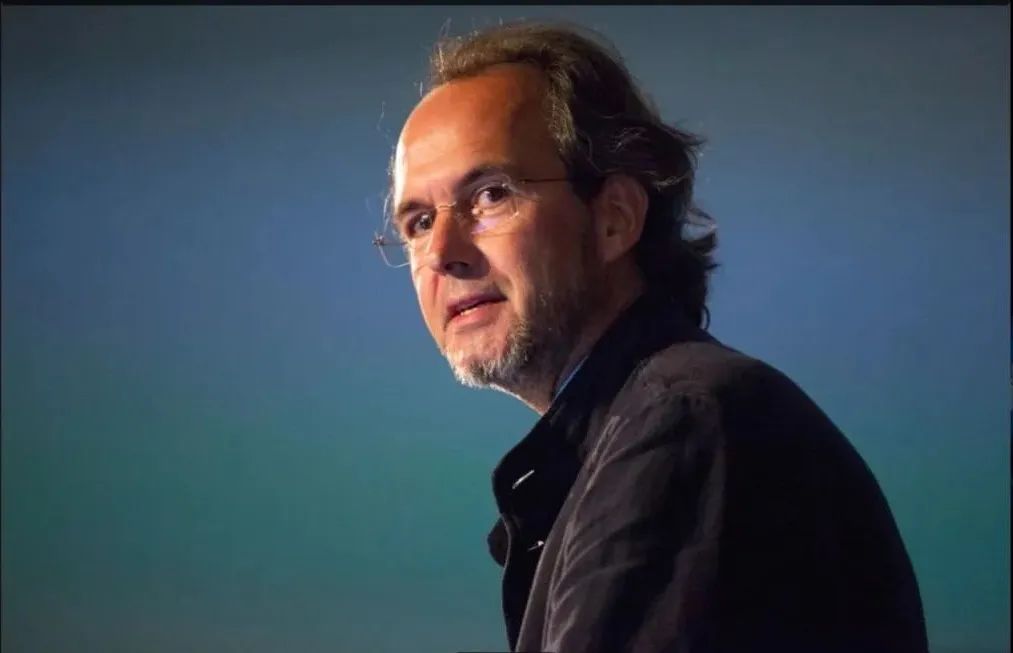
2022年10月11日,是中华人民共和国与德意志联邦共和国建交50周年纪念日。作为一家成立于德国汉堡的建筑师事务所,gmp在中国也已经走过了20多个春秋。
一、你从2004年起就居住在北京,作为一名建筑设计师,你最喜欢北京的什么?
Beijing is a city of enormous contrasts – compared to the modern city quarters with their high-rise buildings that lined up along the ever-growing rings around the city’s core, the city center with its hutong alleys seems like a huge village.
As an architect, I have always been fascinated by the unusual urban experience and the extreme change in scale - in other words not so much individual buildings, but rather the unique urban structure that has evolved from history. On my way to work, I either travel on a time-warp through historic city quarters with alleys, some less than 2 meters wide, or I drive on huge six-lane roads through the modern part of Beijing.
2. What led to the decision of you going to Beijing and what kept you there for almost 20 years?
University friends and colleagues from gmp’s Berlin office, where I worked before I came to China, had helped to establish gmp’s Beijing office after the millennium and were looking for somebody to replace them. Although I had asked for two weeks to make my decision, I very soon realized that, in my mind, I was already in China.
When I then started in Beijing, we were very fortunate – early on – to be given the opportunity to design the Chinese National Museum in the heart of Beijing, which was a great honor for foreign architects. Working on this project to the end was not the only, but certainly an important, reason why I stayed in China for so long.
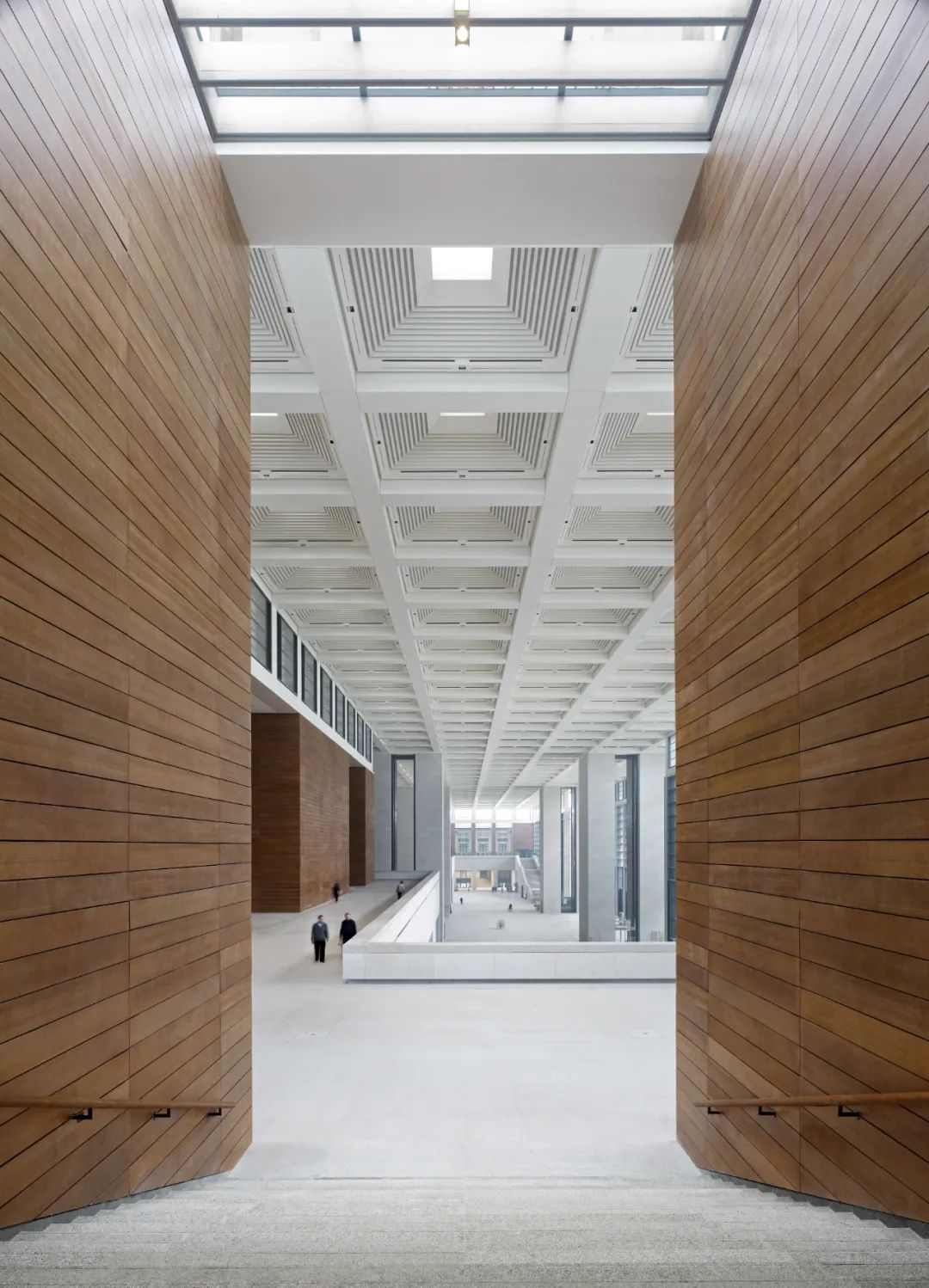
中国国家博物馆 © Christian Gahl
三、你住在北京的胡同里,你喜欢胡同的什么?
3. You live in a traditional hutong. What do you like about it?
The word ‘hutong’ actually refers to Beijing’s historic urban alley structure. The fact that these days this term also refers to the adjoining courtyard buildings, the so-called ‘siheyuan’, is indicative of the unusual density, the inseparability of architecture and street space. The alleys are not bordered by individual buildings, but are formed by continuous brick walls. What is behind these typically gray brick structures and how large the individual residences are can only be guessed at, and is often surprising. During the warm season – which in Beijing is from April to October – these narrow alleys transform into a kind of extended living area, which actually creates a wonderful village character within this city of 20 million inhabitants.
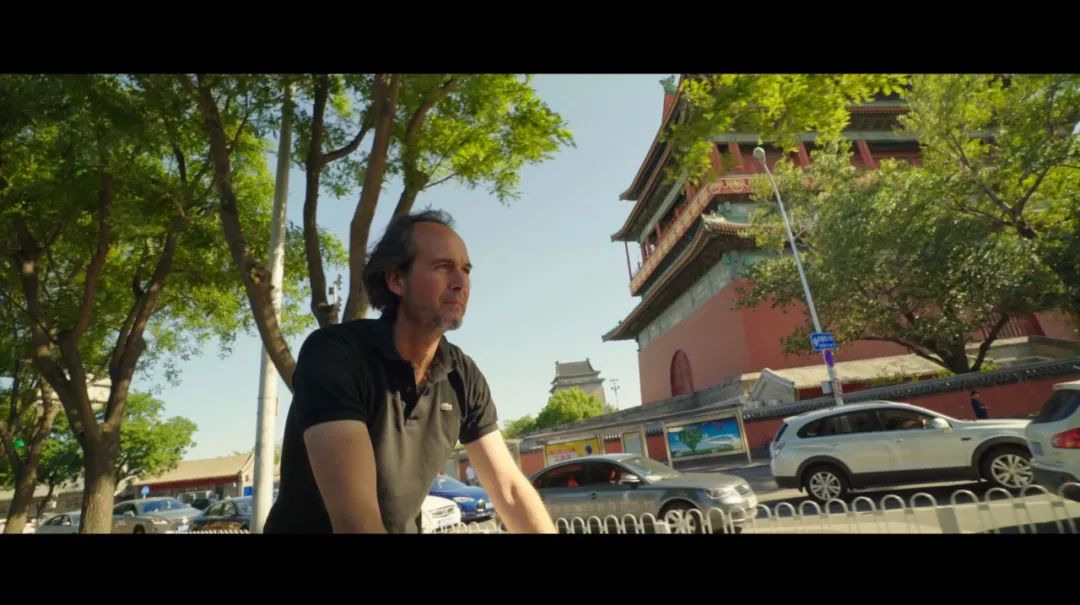
四、与北京的中国同事的合作如何?是什么把你们作为一个团队联接在一起?
4. What is it like working with Chinese colleagues in Beijing? What is it that unites you?
Certainly, the inspiring experience of working with our Chinese colleagues is another important reason why I like to continuously contribute to the architectural work of our practice here in Beijing. In day-to-day activities, the cultural differences very often enrich the process of finding solutions; different thought patterns and attitudes lead to surprising solutions. People on all sides consider intercultural work as enriching, and many colleagues have already been here for more than 10 or 15 years.

在北京办公室与同事在一起 © Wang Youmin
五、这么多年过去了,中国文化对你的建筑设计有着怎样的影响?
5. After so many years, has Chinese culture influenced your architecture? If so, how?
In dialog with clients in China, architects are often required to accept many rounds of revision. Firstly, this “change culture” promotes a certain work efficiency in the sense of a fast response; secondly, it requires a certain mental agility to rethink designs and concepts without, however, neglecting one’s own underlying architectural principles.
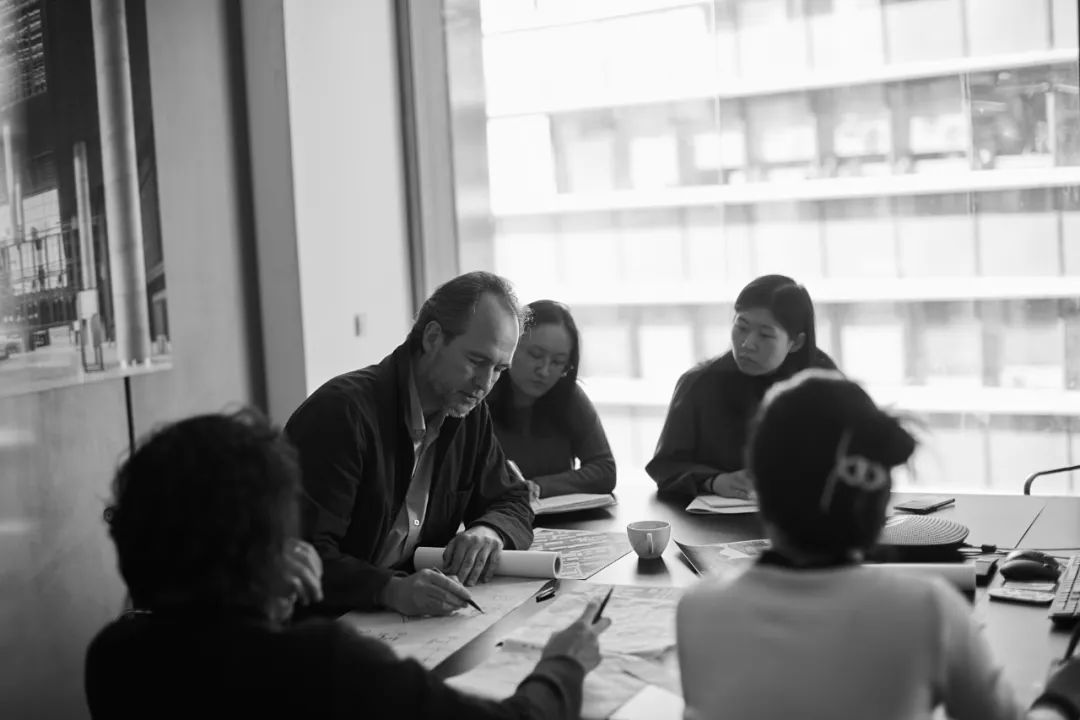
与团队在设计工作中 © Wang Youmin
六、对你来说,德国文化中的理性和功能性和中国文化中的象形和象征性,在建筑中是如何结合的?
6. The rational and functional aspects of German culture and the image-based and symbolic elements in Chinese culture – how do these work together for you in architecture?
I think that, over the years, our architectural work in China is still anchored in the rational and meaningful – striving to reach a certain timelessness. There are many clients in China who appreciate exactly that, and expect it from us. Likewise, our Chinese colleagues, many of whom have studied in Europe or even in Germany, come to us for this reason.
An important aspect of our work is dialogue-based design, which not only means dialogue with the client but also refers to a dialogue with the cultural context of a building project. Obviously, in China this can lead to somewhat different solutions than in Germany – but the underlying attitude to architecture always remains the same.

外滩SOHO © Christian Gahl
七、gmp对中国当代建筑的贡献是什么?
7. What is gmp’s contribution to contemporary Chinese architecture?
I do not really want to judge that. With our work, we promote architecture that is firmly based on a clear approach in dialogue with the respective context. This can lead to very different individual solutions that are nevertheless always based on our creative principles.
In China there are certain important aspects that repeatedly play a role in our projects, i.e., the interlinking of architecture and the public realm, the generation of new public space. We promote a continuum of the architectural concept throughout all areas of the project, including the interior, landscape design, lighting design, and so on. Last but not least, we emphasize careful workmanship in all details, which is ultimately so important for the human scale and sensuality.
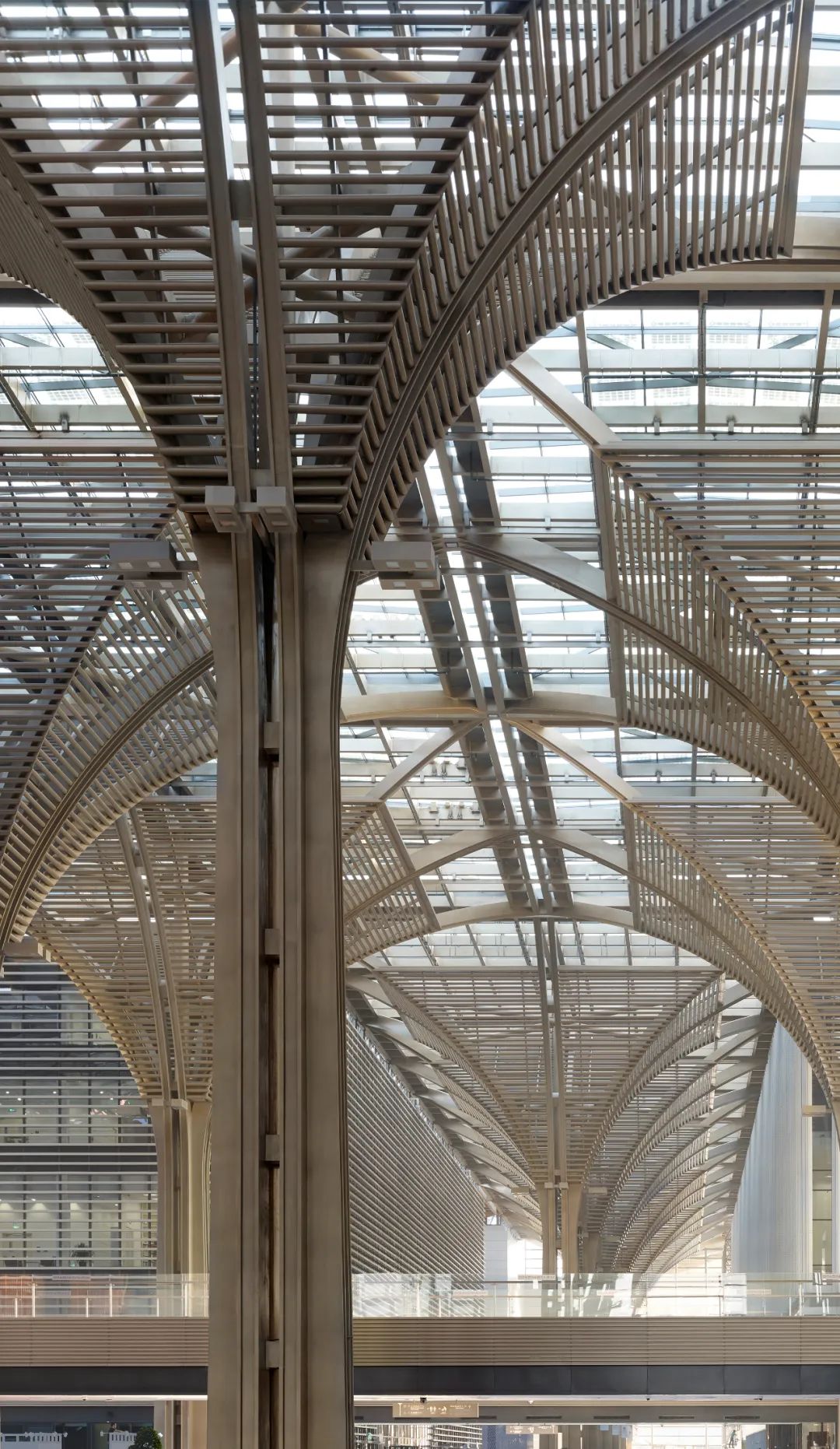
天津滨海文化中心长廊及美术馆 © Christian Gahl
八、你最喜欢的项目是什么?为什么?
8. What is your favorite project? Why?
That’s a difficult question, but thinking of a more recent project, I would mention the AIIB headquarters in Beijing. This project provides a good, contemporary response to the client’s request to design an international bank building that is representative of the more than 100 nations involved, but at the same time is also rooted in the architecture of the local Chinese culture. I think that the completed building successfully manages to integrate cultural references in a modern, timeless architecture, which is a task of considerable importance in many projects in China.
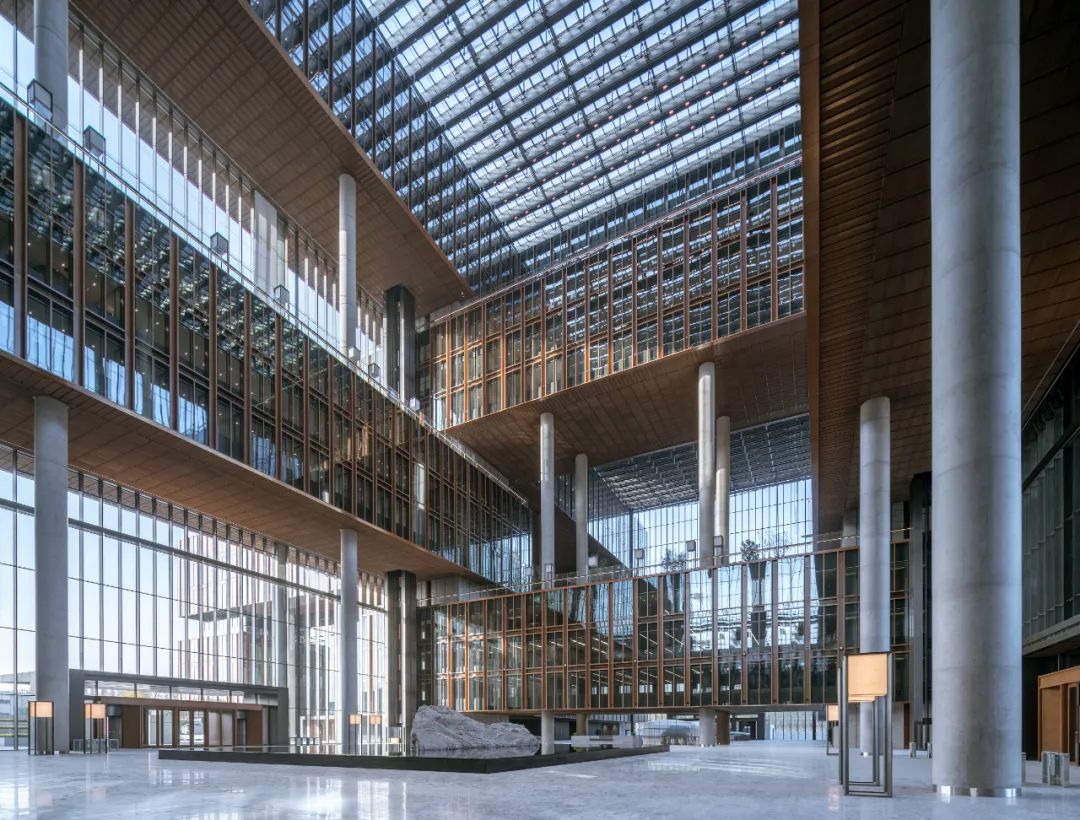
亚洲金融大厦暨亚洲基础设施投资银行总部 © CreatAR Images
九、国际建筑师事务所在中国有着怎样的未来?怎样做才能积极塑造未来?
9. What are the future prospects for international architectural practices in China? What can be done to actively shape the future?
The subject of sustainability is playing an ever-increasing role in China too; for example, just recently the Chinese design code has been upgraded to include new, stricter standards for the efficiency of the building envelope, for reducing the proportion of glazed areas, for the facade design, and to include a preference for serial building. Client specifications tend to become more modest, the height of high-rise buildings less ambitious, complex building shapes and expensive structural systems are avoided or simplified, and a reduction in the quantity of materials such as construction steel is increasingly being discussed.
In this context, we have for some time been involved with redesigns and the revitalization of old building structures, trying to develop exemplary projects that generate attractive new places that make full use of the existing valuable resources. Currently, examples of this work are designs for the revitalization of former hotels, industrial buildings, museums, offices, and shopping malls, some of which have already been implemented.
Sustainable building is an area in which both countries can benefit from extensive exchange. I see good opportunities here for the future, and for international architectural practices playing a role in China in the context of jointly developing new solutions.
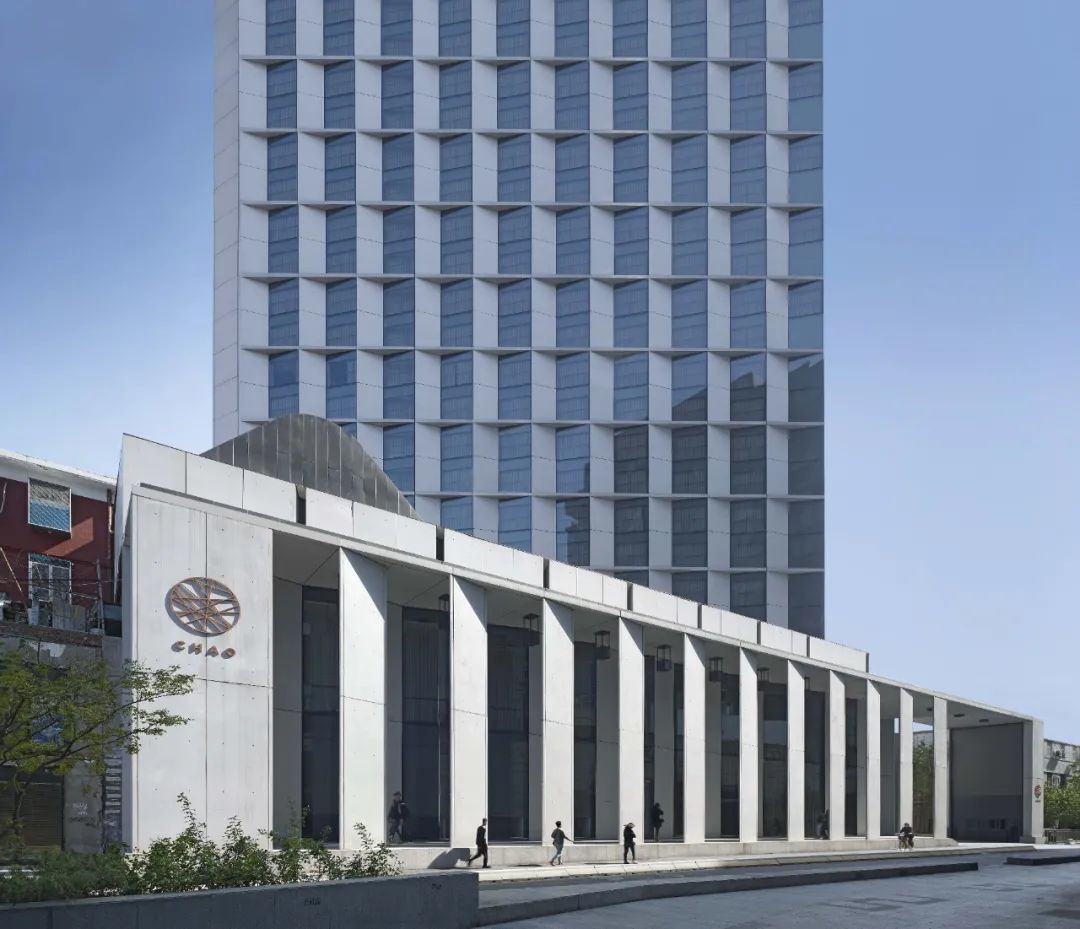
CHAO酒店 © Christian Gahl
特别声明
本文为自媒体、作者等档案号在建筑档案上传并发布,仅代表作者观点,不代表建筑档案的观点或立场,建筑档案仅提供信息发布平台。
3
好文章需要你的鼓励

 参与评论
参与评论
请回复有价值的信息,无意义的评论将很快被删除,账号将被禁止发言。
 评论区
评论区